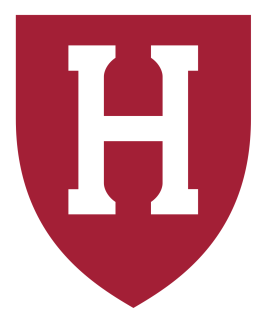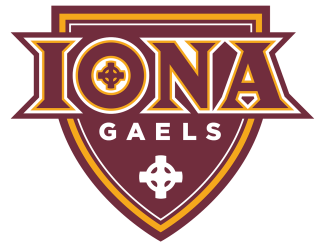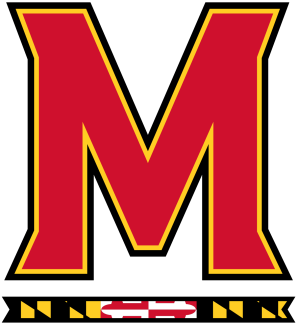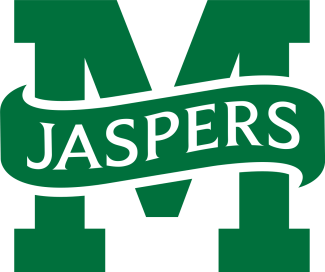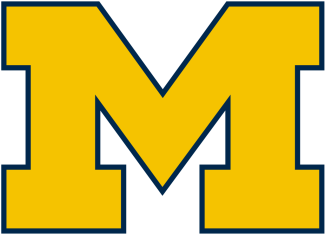Lacrosse Reference goes beyond the box score. Beyond the basics, if you will.
Lacrosse Reference was created in 2016 with the goal of bringing the analytical methods used in other sports to college lacrosse. The site’s focus has been on finding innovative ways to compare teams and players that are more nuanced than the broad-brush metrics that were common at the time.
As we head into the 2022 season, these are the metrics that matter about the teams in our Nike/USA Lacrosse Division I Men’s Preseason Top 20.
For a glossary of terms, head here.
1. VIRGINIA
GROUND BALL WIN RATE
Virginia ended 2021 with a second consecutive national title and the most ground balls per game (41.9) in the country. The ground ball totals title feels like a birthright for the Hoos at this point. But you aren’t the best ground ball unit by winning the most ground balls. You win that title by winning the highest percentage of the ground balls. And on that measure, Virginia was No. 14 nationally (52.3 percent); good, but not great. Rate stats are greater than counting stats.
2. MARYLAND
INDIVIDUAL ASSIST RATE PERCENTILE
Losing Jared Bernhardt is going to, by definition, give the Maryland offense a different feel. No offense to the guys, but I doubt they have another athlete available who could drop his stick and go win a football national title. The question is, who generates the offense for the Terps this year? Having Logan Wisnauskas on hand is a good fallback option; his individual assist rate (assists divided by play share) puts him in the 74th percentile nationally in terms of assists-per-touch. If he can avoid letting turnovers creep up with the increased role, Maryland will likely be just fine.
3. DUKE
ASSIST-TO-TURNOVER RATIO
Michael Sowers was the attackman that got the attention, and he was great. But based on the defensive schemes that teams employed against Duke, he wasn’t the key to the offense. That was Joe Robertson. When Robertson had more turnovers than assists, Duke was 0-3 and put up an offensive efficiency of just 19 percent. When he had as many (or more) assists compared to turnovers, Duke was 15-0 and the efficiency rating was 35 percent.
4. GEORGETOWN
EXCESS SAVES
The 71 percent save percentage that Owen McElroy put up last year was impressive. Heck, the entire Georgetown defense was impressive. But when you dig into the numbers, another stat may be even more impressive. Based on the expected shooting percentage of the shots he faced, McElroy prevented 14.9 more goals than you’d expect an average goalie to stop. Sometimes the quality of the defensive effort means goalies with high save percentages make the saves they should make and no more. That was not the case here.
5. NOTRE DAME
CLEAN FO WIN RATE
Faceoffs were a huge strength for the Irish last season. With the losses of Kyle Gallagher and Charles Leonard, the stripe immediately switches into a huge question mark for Kevin Corrigan’s squad. To highlight how good their FOGOs were last year, we can split out their overall win rate based on whether a FOGO or a wing picked up the ground ball. When wings were involved, Notre Dame’s FO win rate was 57 percent (pretty good). When the FOGO picked up the ground ball, they won 65 percent (really good).
6. NORTH CAROLINA
LATE POSSESSION SHOOTING PERCENTAGE
UNC’s offense was otherworldly last year. Their defense, not so much. If you want to diagnose the issues with UNC’s defensive unit, late possession offense seems like a good place to start. Across all of Division I men’s lacrosse, teams shot 26.9 percent in the last 20 seconds of the shot clock. In general, shooting percentage drops with every second that comes off the clock. Against UNC though? Teams shot 32.2 percent in the last 20 seconds of the shot clock. Something to work on for this year.
7. LOYOLA
USAGE-ADJUSTED EGA
I’ll be interested to see if Joey Kamish can stay healthy this year and if he can carry forward his remarkable efficiency into 2022. Kamish was the second-most efficient player in the nation during his injury-shortened season a year ago. His 6.72 usage-adjusted EGA came from a 14-point effort (across five games) in which he had more ground balls (5) than turnovers (4).
8. YALE
OPPONENT LAXELO RATING
What to say about a team that hasn’t played in almost two years? Well, we can look forward at their schedule and see what the win probability model thinks about their slate. The average LaxElo rating of the Bulldogs’ opponents is 1600 (equivalent to the 26th-best team in the country). Their schedule ranks as the 14th-most difficult of any team.
9. PENN
ASSIST-TO-TURNOVER RATIO
When you think of Sam Handley, the image is a big goal-scoring machine. But don’t sleep on his ability to generate offense for others. His career assist-to-turnover ratio is .875, which is good for the 88th percentile all-time. And going a level deeper, his assists-per-touch rate is actually in the 96th percentile. Time to adjust that mental image.
10. RUTGERS
INCOMING TRANSFER EGA
Rutgers is losing a lot of production from last year’s team. Adam Charalambides, Connor Kirst, Kieran Mullins — those were the top three rotation players for the Scarlet Knights, and all have moved on. But it’s not as dire as it looks. Rutgers’ incoming transfers generated 35.5 worth of EGA (expected goals) last season, which is the fifth-most of any Division I men’s lacrosse team that has published their 2022 roster. Big holes for sure, but they’ve brought in some players who can fill them.








